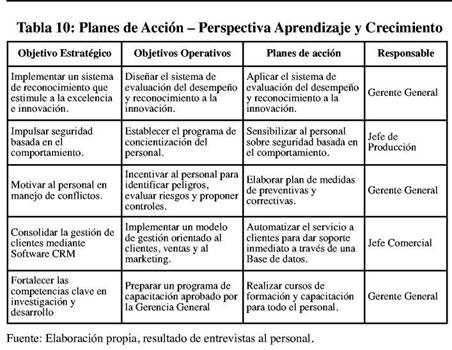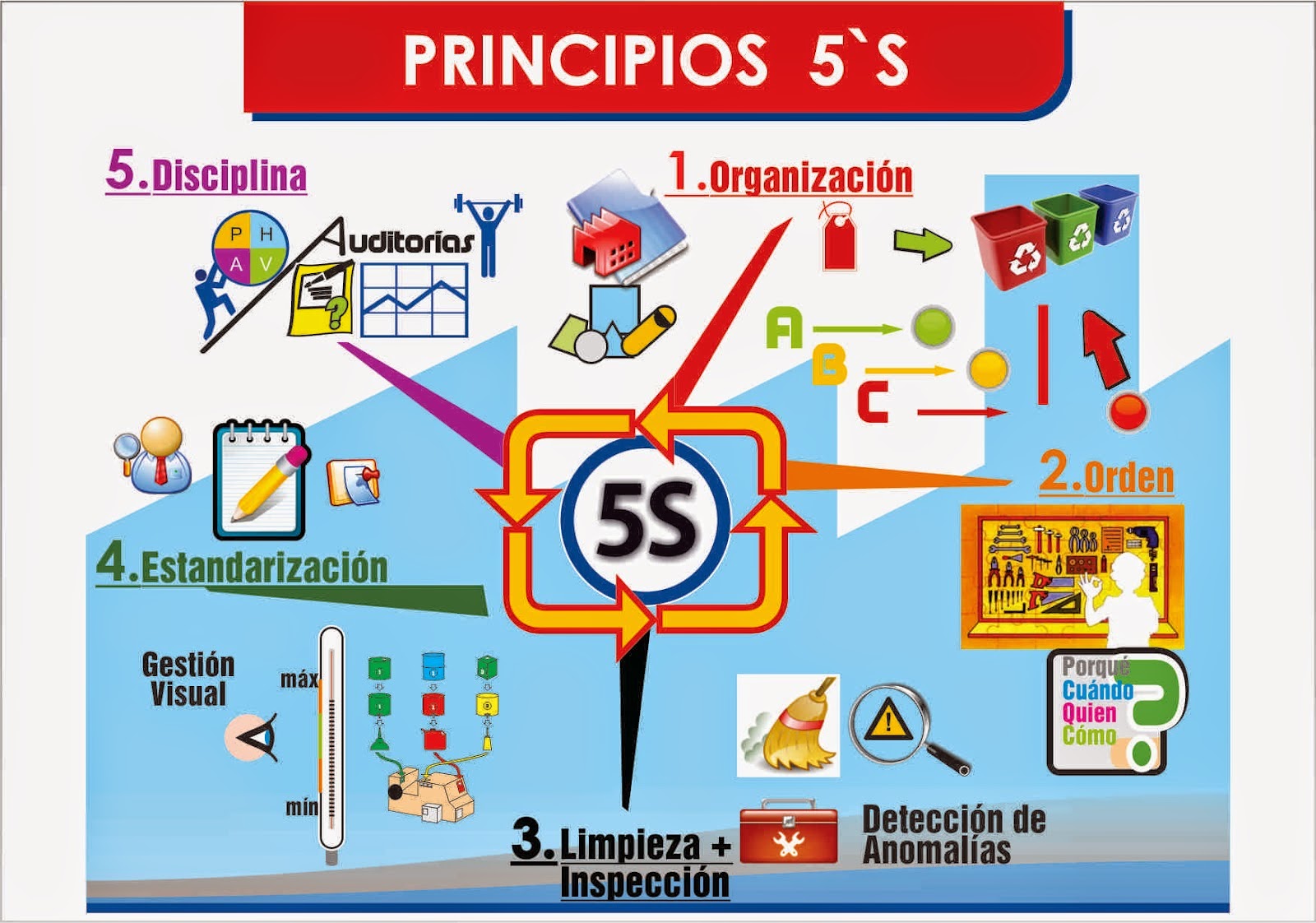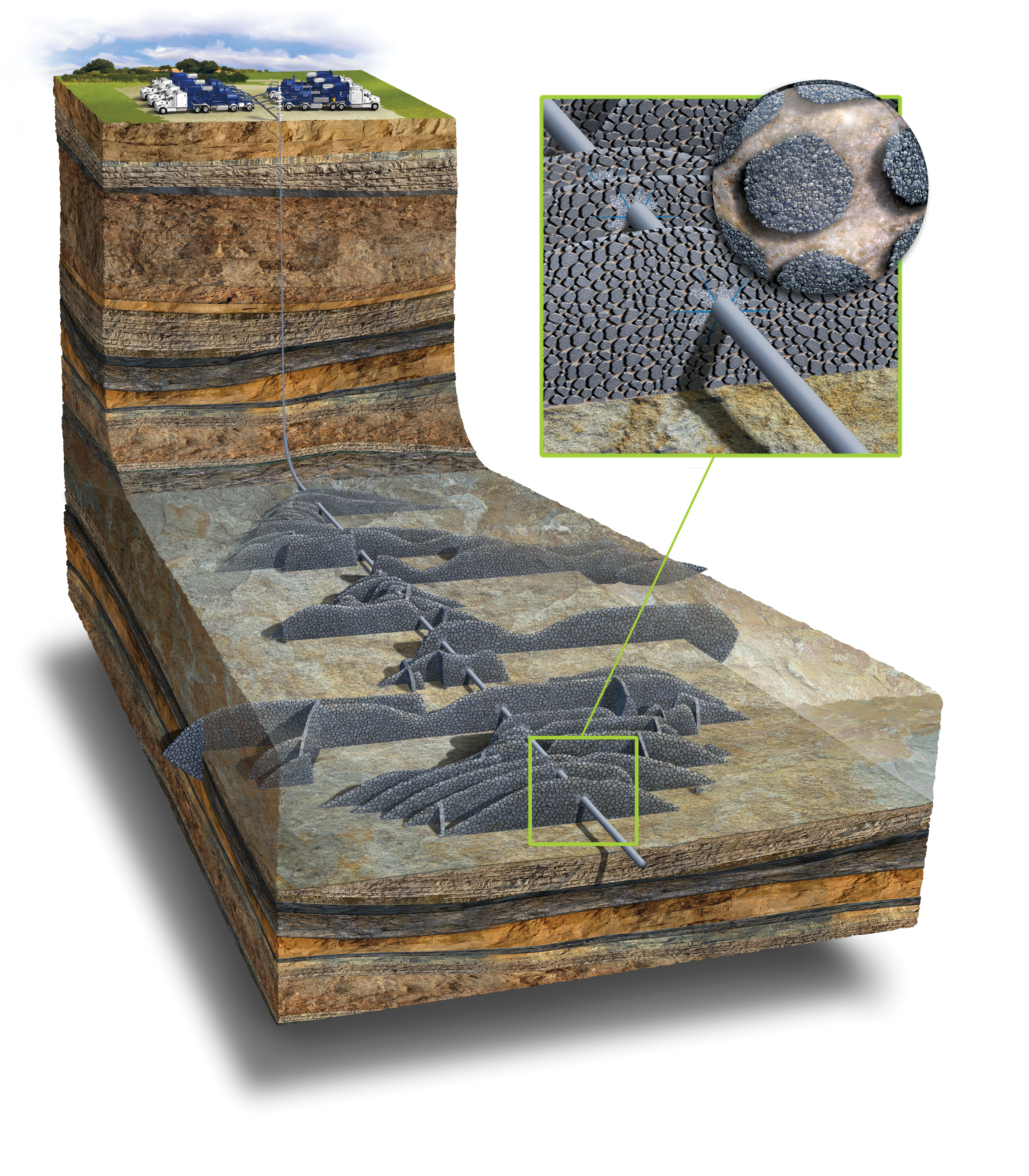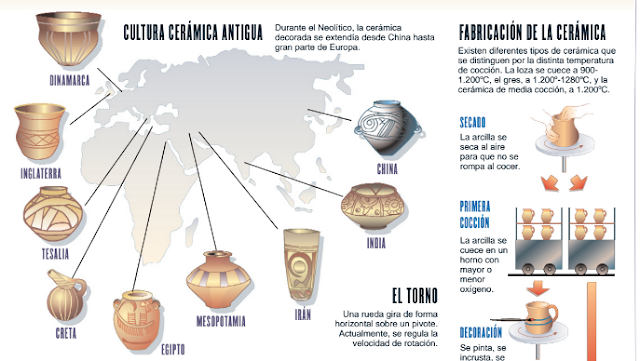The width of the reservoir at studied section is 4166 m, while the reservoir height is typically 160 m adding the thickness of the Garn and Ile reservoirs. Our geomechanical model includes in addition the over, side and underburden. It is the theoretical and applied science of the mechanical behavior of geological material. It is used to reduce risks and optimize rewards related to the mechanical failure of the reservoir, over, side and under burden formations. Aspectos geomecnicos de la ingeniera de yacimientos. Lista Bibliografa Bsica Complementaria. This interdisciplinary book encompasses the fields of rock mechanics, structural geology and petroleum engineering to address a wide range of geomechanical problems that arise during the exploitation of oil and gas reservoirs. Reservoir Geomechanics is a practical reference for geoscientists and engineers in the petroleum and geothermal industries, and for research scientists interested in stress measurements and their application to problems of faulting and fluid flow in the crust. Reservoir Geomechanics From the Energy Information Administration We are carrying out a series of studies, usually in close collaboration with the oil and gas industry, on problems in oil and gas reservoirs, potential CO 2 repositories and geothermal reservoirs. Reservoir Geomechanics It is critical to understand the mechanical behaviour of a reservoir to make optimal decision throughout the life of a field. SPE special Interest Reservoir Group, Calgary. March 26, 2014 The ever increasing importance of reservoir geomechanics Antonin (Tony) Settari Reservoir Geomechanics is a practical reference for geoscientists and engineers in the petroleum and geothermal industries, and for research scientists interested in stress measurements and their application to problems of faulting and uid ow in the crust. He is the author of a textbook entitled Reservoir Geomechanics published in 2007 by Cambridge University Press. He is the authorcoauthor of over 300 technical papers and holds five patents. He was the cofounder of GeoMechanics International in 1996, where he was Chairman of the Board until 2008. This interdisciplinary book encompasses the fields of rock mechanics, structural geology and petroleum engineering to address a wide range of geomechanical problems that arise during the exploitation of oil and gas reservoirs. This interdisciplinary book encompasses the fields of rock mechanics, structural geology and petroleum engineering to address a wide range of geomechanical problems that arise during the. In the petroleum engineering industry, geomechanics is used to predict important parameters, such as insitu rock stresses, modulus of elasticity, leakoff coefficient and Poisson's ratio. Reservoir parameters that include: formation porosity, permeability and bottom hole pressure can be derived from geomechanical evaluation. Possibility of inducing shear fractures rather than tensile during and after the hydraulic fracturing operation is an important issue in stimulation of shale gas plays which could affect the fracturing pattern and insitu stresses estimation. Reservoir Geomechanics In situ stress and rock mechanics applied to reservoir processes! Week 4 Lecture 8 Stress Wells Chapter 6 Reservoir Geomechanics is a practical course for geoscientists and engineers in the petroleum and geothermal industries, and for research scientists interested in stress measurements and their application to problems of faulting and fluid flow Petroleum Geomechanics. We bring the full depth of Halliburton's experience from engineering to execution. Our programs deliver actions and results that improve the life of your asset with costcompetitive packages. Reservoir and geomechanics modules are run sequentially on a timestep basis, passing converged solutions of flow and stress variables to each other. Pore volumes and permeabilities in the flow model are computed as a function of p, T, and avg with stress variables lagged a timestep. Today's top 41 Reservoir Geomechanics jobs in United States. Leverage your professional network, and get hired. New Reservoir Geomechanics jobs added daily. Reservoir geomechanics as a tool to optimize drilling and production strategies This section has demonstrated that well problems associated with drilling and production are strongly linked to the geomechanical response of the reservoir. JewelSuite Geomechanics creates unified and consistent geomechanical models to minimize uncertainty in your data, maximize confidence in your modeling results, and provide a more complete and precise picture of the earth's subsurface. If youre not drilling in the reservoirs most productive zones, you are compromising on recovery. Dynamic Reservoir Geomechanics 4D geomechanics to understand reservoir properties over time. 4D reservoir geomechanics has applications in conventional oil and gas fields and for optimizing heavyoil recovery schemes and underground natural gas and carbon dioxide storage facilities. A 4D simulation was conducted through coupling with a reservoir simulator to predict variations of stress and strain of rock matrix as well as natural fractures and hydraulic fractures during field production. Petrel Geomechanics Integrated 3D and 4D geomechanics modeling and analysis workflows to understand subsurface behavior and plan wells in complex environments. This interdisciplinary book encompasses the fields of rock mechanics, structural geology and petroleum engineering to address a wide range of geomechanical problems that arise during the exploitation of oil and gas reservoirs. He is the author of a textbook entitled Reservoir Geomechanics, published in 2007 by Cambridge University Press. He is the authorcoauthor of over 300 technical papers and holds five patents. He is the authorcoauthor of over 300 technical papers and holds five patents. This interdisciplinary course encompasses the fields of rock mechanics, structural geology, earthquake seismology and petroleum engineering to address a wide range of geomechanical problems that arise during the exploitation of oil and gas reservoirs. Hydraulic Fracturing and Reservoir Geomechanics Hydraulic fracturing produces fractures in the rock formation that stimulate the flow of natural gas or oil, increasing the volumes that can be recovered. Reservoir geomechanics has become a powerful tool to better understand the reservoir when geophysics, sedimentology, petrophysics or any other reservoir discipline is not enough to explain the reservoir response to different scenarios during its productive life. Aspectos geomecnicos de la ingeniera de yacimientos. Lista Bibliografa Bsica Complementaria. Reservoir Geomechanics [Mark D. FREE shipping on qualifying offers. This interdisciplinary book encompasses the fields of rock mechanics, structural geology and petroleum engineering to address a wide range of geomechanical problems that arise during the exploitation of oil and gas reservoirs. Geologists, geophysicists, engineers (geological, reservoir, drilling, completions), petrophysicists, asset managers. Because it is such a multidisciplinary subject, anyone involved in planning or implementing a field development project can benefit from learning how. This course introduces reservoir engineers and consultants to some basic concepts in geomechanics and the Petrel Reservoir Geomechanics software product and to illustrate how to incorporate data about geomechanical effects into. Reservoir Geomechanics This interdisciplinary book encompasses the fields of rock mechanics, structural geology and petroleum engineering to address a wide range of geomechanical problems that arise during the exploitation of oil and gas reservoirs. PGE 334 Reservoir Geomechanics syllabus page. I reserve the right to curve, but I will only do so in a way that shifts these ranges down. In other words, these letter grades are the lowest you could receive if your final numerical grade falls in these ranges, any curve will only work to. Some 50 members of the University of Oklahoma SPE Student Chapter recently hosted SPE Distinguished Lecturer Neal Nagel, who, gave an exciting and informative presentation including aspects of rock mechanics, stresses around the wellbore, and well planning. Sign in now to see your channels and recommendations! Watch Queue Queue Reservoir Geomechanics is a practical course for geoscientists and engineers in the petroleum and geothermal industries, and for research scientists interested in stress measurements and their application to problems of faulting and fluid flow Geomechanics of Reservoir and Production Engineering Slideshare uses cookies to improve functionality and performance, and to provide you with relevant advertising. If you continue browsing the site, you agree to the use of cookies on this website. Reservoir Geomechanics Share Follow Print VISAGE coupled with INTERSECT or ECLIPSE within Petrel gives realistic reservoir property changes over time for more accurate flow prediction and greater understanding of mechanical effects. Course Materials This page provides a listing, in reverse chronological order, of course materials that are associated to each scheduled lecture period. This may include PDFs of the final lecture notes, links to recorded lectures, and any other reference material. provides services such as consulting, training and data services in the areas of geomechanics, reservoir engineering, petrophysics and geophysics. This interdisciplinary course encompasses the fields of rock mechanics, structural geology, earthquake seismology and petroleum engineering to address a wide range of geomechanical problems that arise during the exploitation of oil and gas reservoirs. Reservoir Geomechanics with Petrel. This course covers the necessary fundamentals of reservoir geomechanics in a 3D environment; the origin of stresses in the subsurface and how in situ stresses could be understood using wellbore data, seismic and geological interpretations. Sign in now to see your channels and recommendations! Watch Queue Queue Changes in the levels of subsurface stress during the life of an oil or gas field can lead to field development and production challenges. Schlumberger experts analyze all aspects of geomechanical reservoir behaviour during the lifetime of a field. The book contains all that one needs to know about reservoir geomechanics. The concepts and technical terms used in the book are easy to understand and. This interdisciplinary course encompasses the fields of rock mechanics, structural geology, earthquake seismology and petroleum engineering to address a wide range of geomechanical problems that arise during the exploitation of oil and gas reservoirs. The course considers key practical issues such as prediction of pore pressure, estimation of hydrocarbon column heights and fault seal potential. This interdisciplinary book encompasses the fields of rock mechanics, structural geology and petroleum engineering to address a wide range of geomechanical problems that arise during the exploitation of oil and gas reservoirs..











